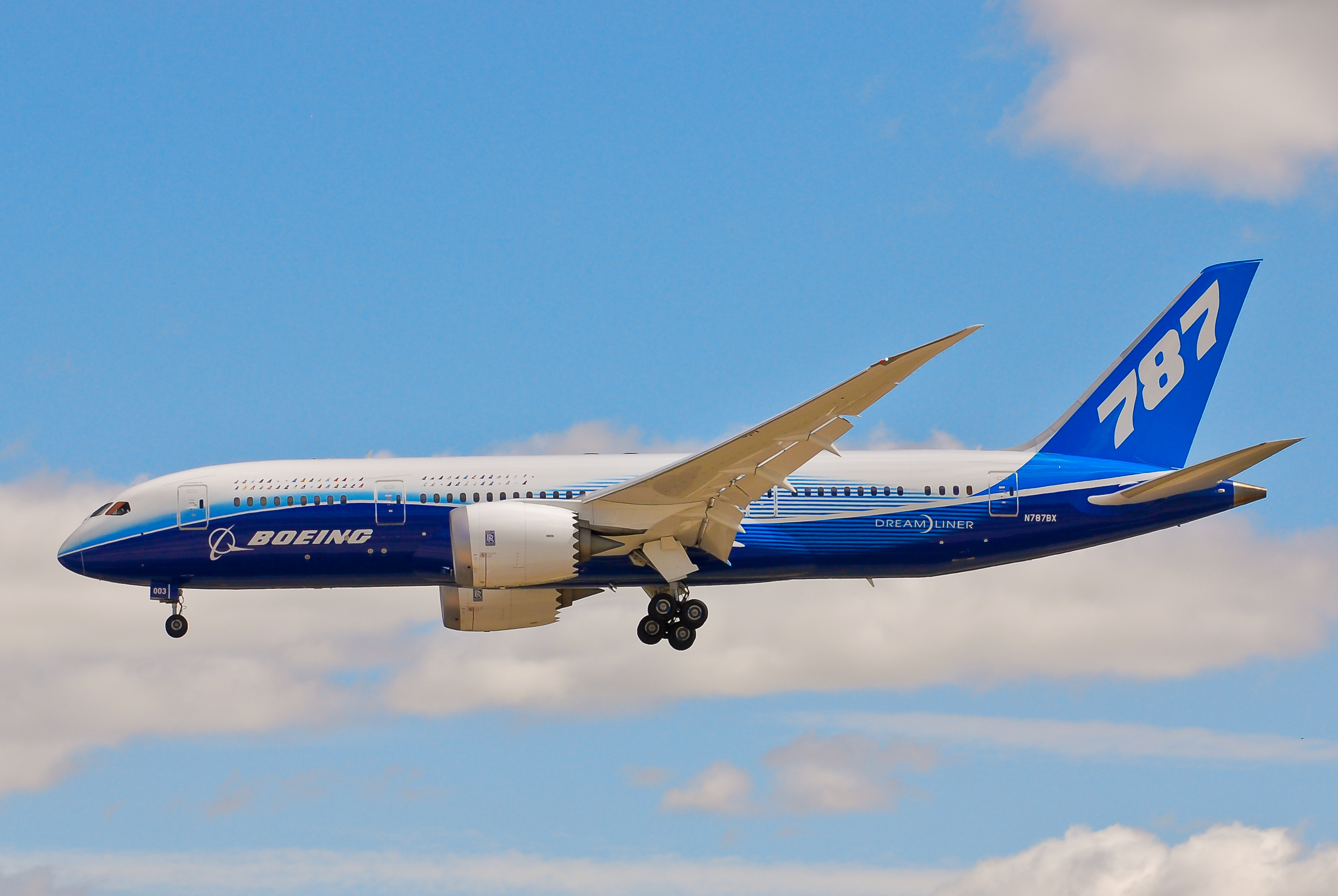Boeing 787 Dreamliner: Anatomy of a Money-Making Machine

The decision to create an all new commercial airplane requires a massive commitment of time and resources and can put the very future of an aircraft company on the line. Join Mark Larson as he examines the process Boeing went through in its decision to launch the 787 and shares some of the advanced technologies that make the 787 the fastest selling widebody in history.
At Boeing, Larson was responsible for the configuration and delivery of 747s and 767s to KLM Airlines. With Boeing losing ground to Airbus in the late 1990s, he moved into product development, working with marketing and engineering to explore the potential launch of the 747X, the Sonic Cruiser and, ultimately, the 787. Tasked with developing the future strategy for the 787, he has unique insight into the plane’s history and design.
Mark Larson, a graduate of Arizona State University’s Fulton Schools of Engineering, spent 17 years at Douglas Aircraft Company and 18 years at Boeing. At Douglas, Larson held a range of engineering positions, including senior manager for safety and reliability, systems engineering manager for the Navy T-45A aircraft, chief of mechanical design for the development of the MD-90 and customer engineer for several Chinese airlines.
While working at Douglas, he co-developed a textbook on safety and reliability. Larson served as an adjunct professor at California State University, Long Beach, for five years.